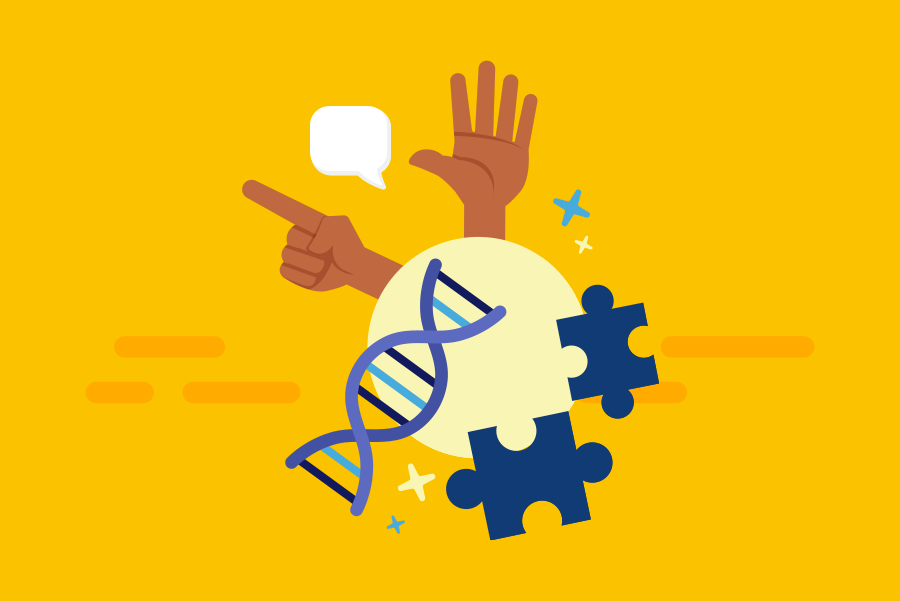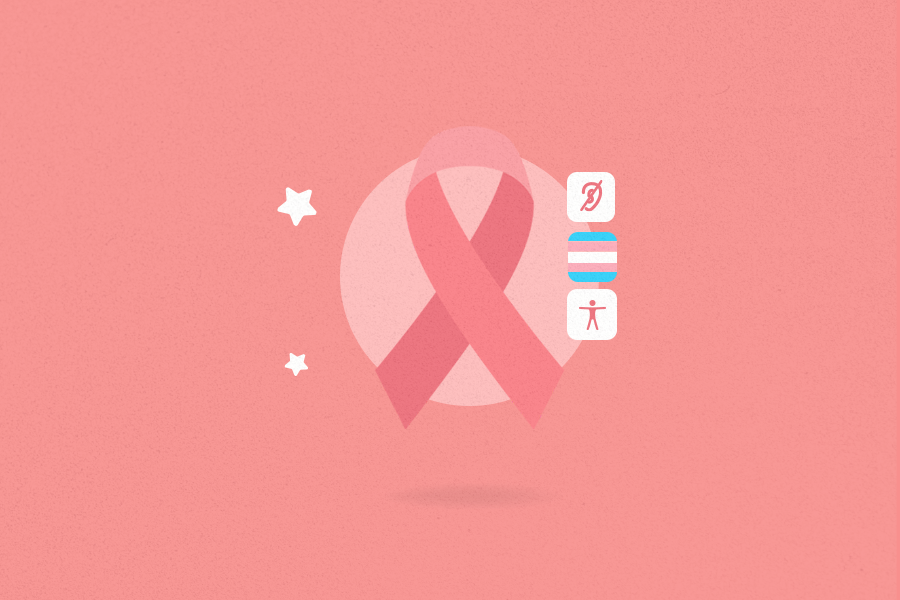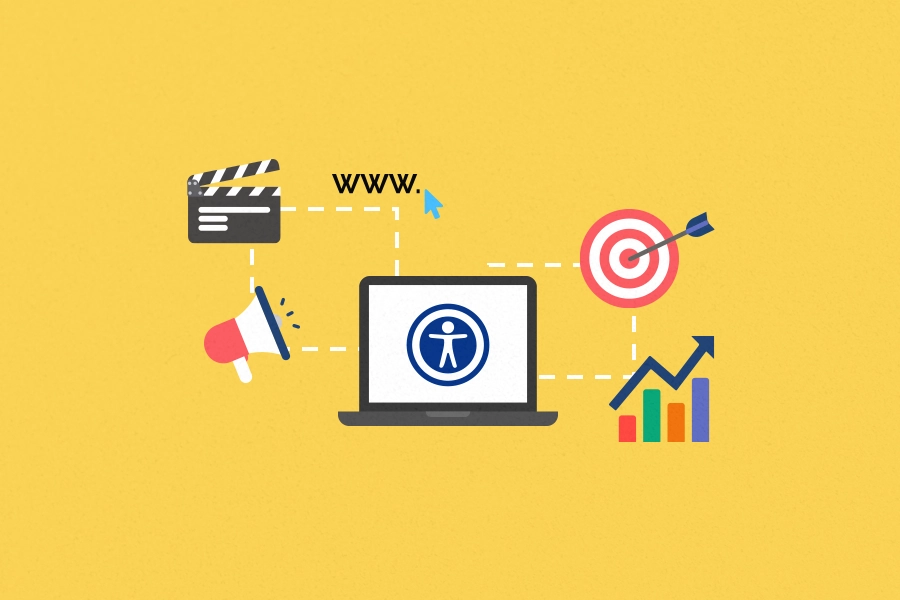
Sign Language: a powerful tool in the communication of autistic people and people with down syndrome

Sign language is a linguistic structure that has its own grammar, being just as complete as any other oral language. It is commonly known for being used by deaf and hearing impaired people in their communication. But did you know that there are other groups that make use of it? In this text we will tell you what these groups are and why it is not an exclusive language of the deaf community. With this, you will be able to change your view on it and understand that besides being rich it is a very versatile and useful language for different people.
Sign Language and Autism
A characteristic of people in the autism spectrum is impaired communication. Those children often develop language later, and sign language can be a very valuable tool in teaching them how to communicate functionally. They can be done without movement or with the hand in physical contact with the other, or in some part of the body, instead of using a floating signal.
This form of communication provides a visual cue for children, as they tend to learn better with visual rather than auditory stimuli, making it easier to remember the word they need to order or label an item.
Language and communication have less to do with the production of sounds and words and more with the expression of meanings shared with other people. Therefore, it is worth understanding that mother language and language are different things and that sign language plays a major role in these relationships.
It is still a little-publicized alternative, as parents are often afraid to introduce this form of communication to their children, believing that their verbal language will not evolve, but research shows the opposite! It has been a facilitator in the child’s development, preventing her from being frustrated by not being able to express its desires and feelings and in many cases the signs are being replaced, naturally, as the child’s verbal repertoire increases.
Sign Language and Down Syndrome
Language is an area that also receives a lot of attention when we talk about children with down syndrome. This is because they tend to have more difficulty in this skill compared to others in development.
Generally, people with down syndrome have speech delays and learn to talk much later. In some cases, the spoken language is very impacted, making the children have a more limited vocabulary. They usually understand what they are hearing, but are unable to express what they want to say verbally, showing that there are different levels between listening and speaking. They may, for example, use an appropriate vocabulary for a six-year-old child, but possess the receptive language skills of an eight-year-old child.
In addition, articulation difficulties are usually associated, making speech difficult to understand and the production of sounds can be inconsistent.
Hearing loss is also very common in children with down syndrome. According to the Health Care Guidelines for People with Down Syndrome, about 75% of people with trisomy will have some degree of hearing loss throughout their lives. The use of sign language comes precisely as a form of functional communication and support for the development of expressive language for these people. As in autism, its use is little publicized, but it proves to be very effective, especially for children.
And there’s more…
In addition to the use of sign language by the deaf, hearing impaired, autistic and people with down syndrome, there are still others who use it. Some hearing children with cerebral palsy may not be able to speak due to the lack of control of parts of the body necessary to produce speech, and sign language offers them an alternative means of communication. People with aphasia, a speech disorder caused by stroke or brain injury, also use sign language as a resource.
We’ve always encouraged people to learn Sign Languages and now it’s even clearer how important it is to know how to communicate through it. You will connect not only with people belonging to the deaf and hearing impaired groups, but also with autistic people, people with down syndrome and speech disorders who use sign language. If you want to start learning today and understand more about this universe, download our app!


